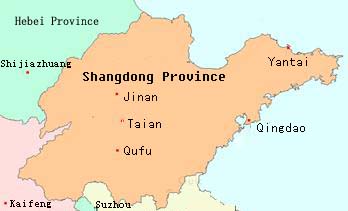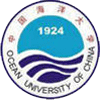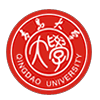Qingdao Life
The historical culture, variety of religion, civil traditions, village customs, and holiday celebrations all add to Qingdao's rich culture. Qingdao is one of the most beautiful and cleanest cities in China and is the largest city in Shandong Province. The name "Qingdao", means "The Green Island" which is a suitable description of the city.
As the birthplace of Taoism, Qingdao has a long history. Human
settlement on this soil dates back 6,000 years. In the Eastern
Zhou Dynasty (770-256 BC), the town of Jimo was established.
After unifying China in 221 BC, it became the second largest
in the Shandong region. On December 10, 1922, the Northern Lords government regained control of Qingdao and established a government office for port commercial affairs. In July 1929, Qingdao was granted the status of special city and in 1930 was listed in the rank of cities. In January 1938, the Japanese invaded Qingdao again, but their occupation came to an end in September 1945 when the KMT government regained control of the city. On June 2, 1949, Qingdao was liberated, and in 1986 was designated to exercise special state plans and enjoyed vice provincial level economic management rights. In 1994, Qingdao was included in the country's 15 vice provincial level city list.
Qingdao
is located at the southern tip of the Shandong Peninsula (35°35' ~ 37°09'N,
119°30'~ 121°00'E). The city's total jurisdiction area occupies 10,654 square km. The geography of the city is relatively flat while mountains spur up nearby. The highest elevation in the area is 1133 meters above sea level. Qingdao has a total coastline (including its islands) of 870 kilometers, 730 kilometers of which are continental coastline, accounting for one fourth of the total length in Shandong. Also, five significant rivers that flow for more than 50 kilometers can be found in the region.
Since the 1984 inauguration of China's open-door policy to foreign trade and investment, Qingdao has developed quickly as a modern port city, where it is now also the headquarters of the Chinese navy's northern fleet. Qingdao is also the wealthiest city in Shandong province, which has the second-highest GDP of China's provinces. Despite its comfortable position on the Yellow Sea along the outer edge of the Shandong Peninsula, Qingdao is lumped together with its neighbors on the other side of the peninsula as part of the Bohai Sea Rim Economic Zone. Qingdao was awarded CCTV's appraisal as one of China's top 10 economically dynamic cities because this "Pearl of the Yellow Sea," is a hotbed for international business and headquarters for numerous famous brands and products such as Nike and Lucent Technologies. Qingdao is home to Haier Corporation a major electronics firm, as well as the world-famous Tsingtao brewery. Qingdao is also key textile, light industry and chemical production center in China. The city has special advantages in household electrical appliances, electronics, rubber, locomotive and rolling stock manufacture, as well as food processing. Qingdao is endeavoring to build a modern industrial system centered around three economic sectors including port, ocean development and tourism; and four pillar industries, namely electronics and home appliances; shipbuilding, locomotives, rolling stock and container manufacture; petrochemicals; and new materials.
The new urban area of Qingdao developed in the 1990s has become the political,
economic, financial and cultural center of the city. The shanty houses have
disappeared and new high-rise buildings stand up in their stead. |

 Qingdao
is a beautiful coastal city, located about 800 kilometers south-east of
Beijing. It is the second largest port in mainland China (next to Shanghai),
and is famous for its beer and seafood. It has become a bustling cosmopolitan
city with an increasing mix of foreign and Chinese residents. There is
still a strong influence of Old China intermingled with an influence from
Germany. However the rapid development of modern China is evident.
Qingdao
is a beautiful coastal city, located about 800 kilometers south-east of
Beijing. It is the second largest port in mainland China (next to Shanghai),
and is famous for its beer and seafood. It has become a bustling cosmopolitan
city with an increasing mix of foreign and Chinese residents. There is
still a strong influence of Old China intermingled with an influence from
Germany. However the rapid development of modern China is evident. 
